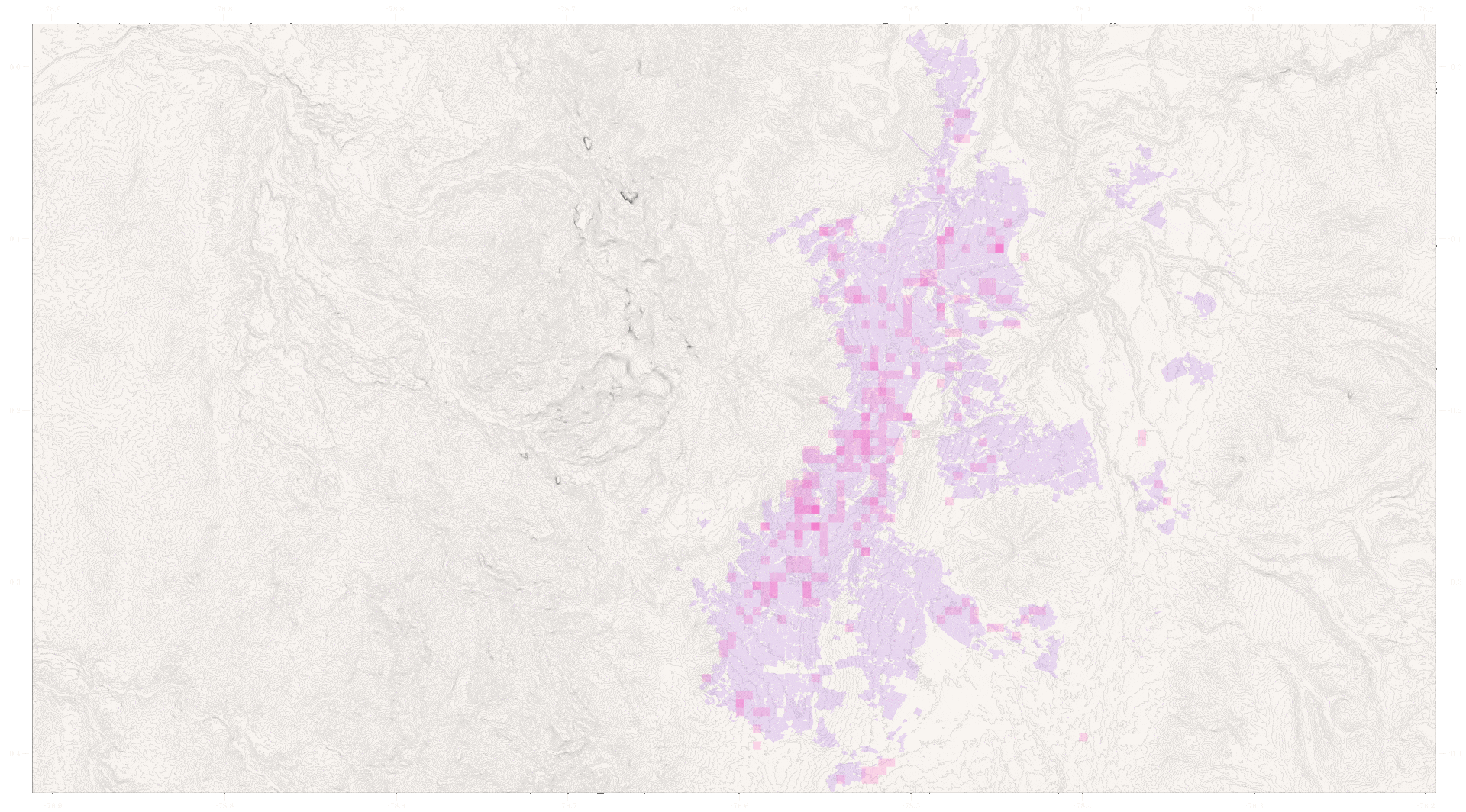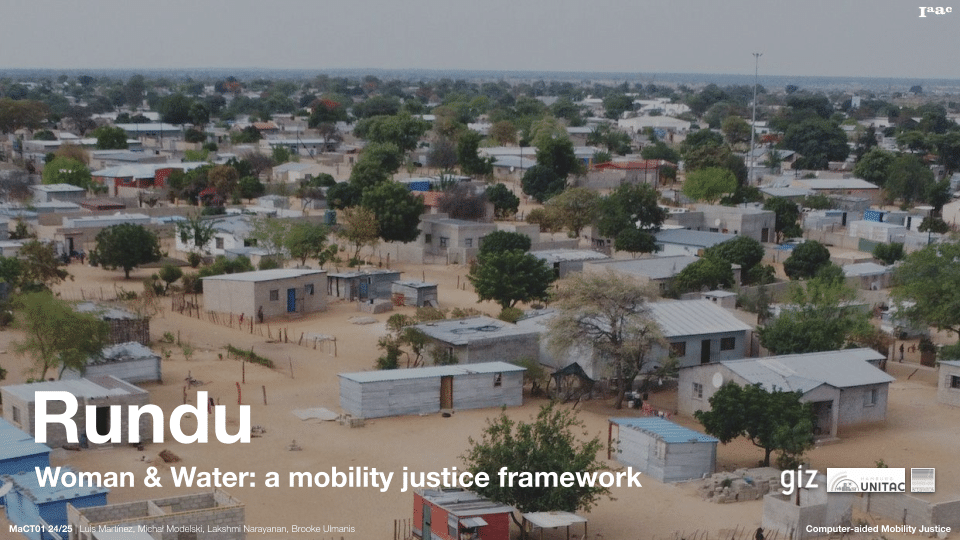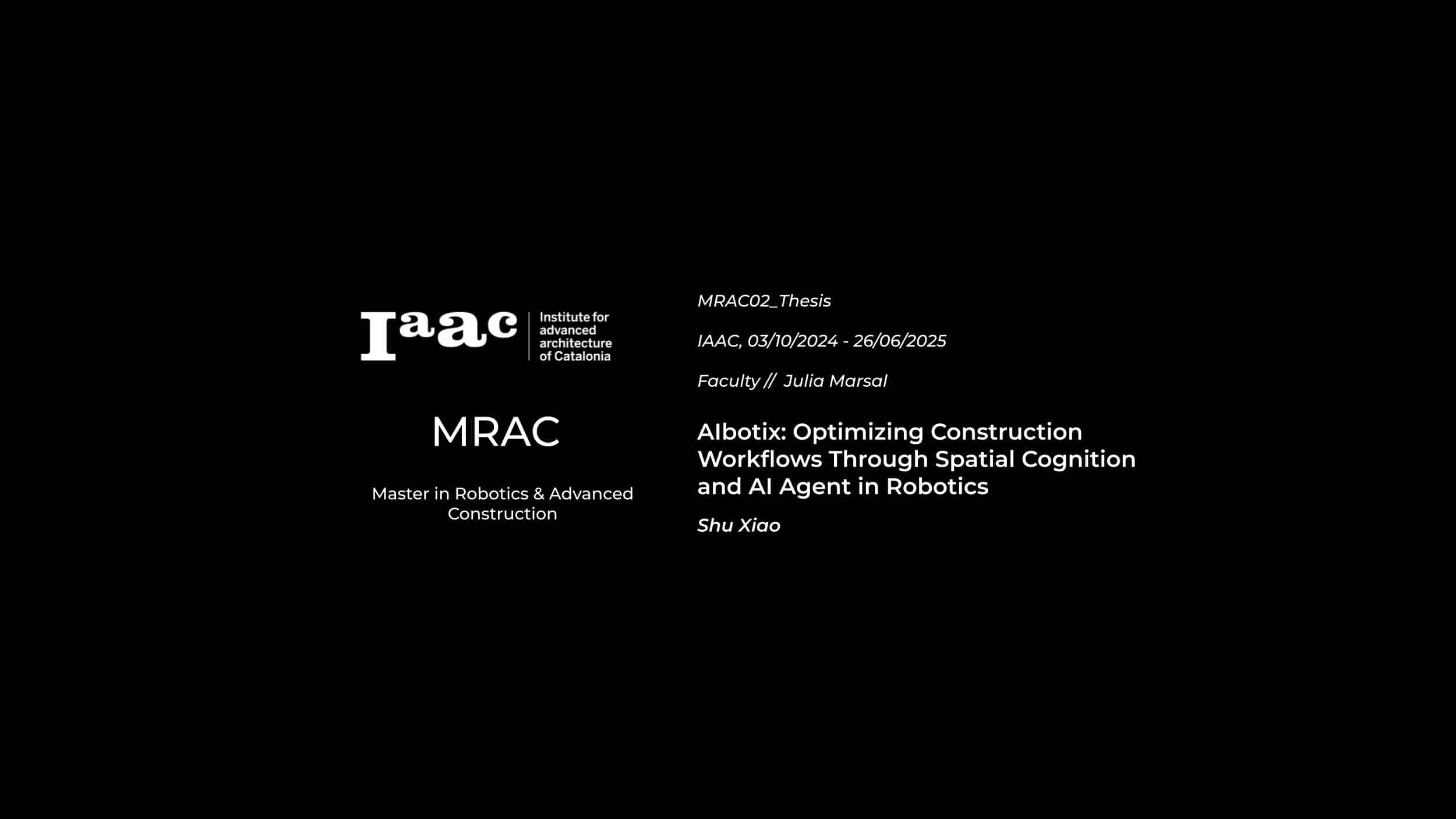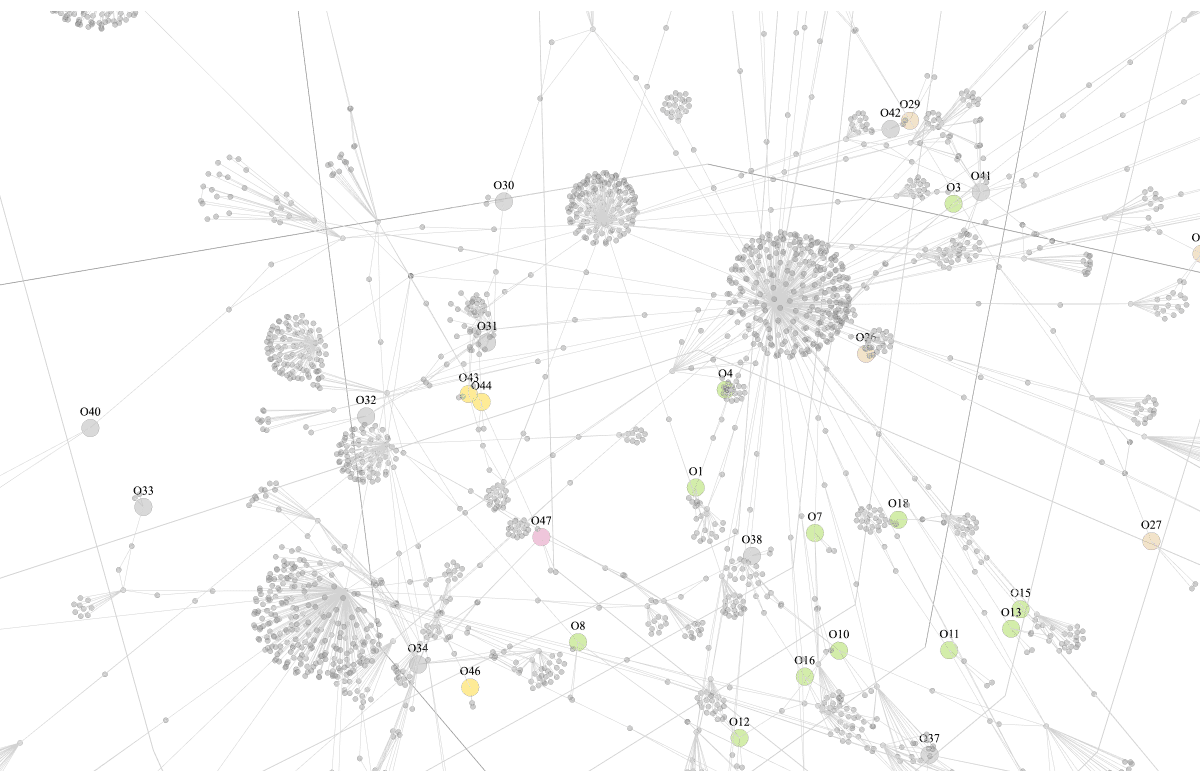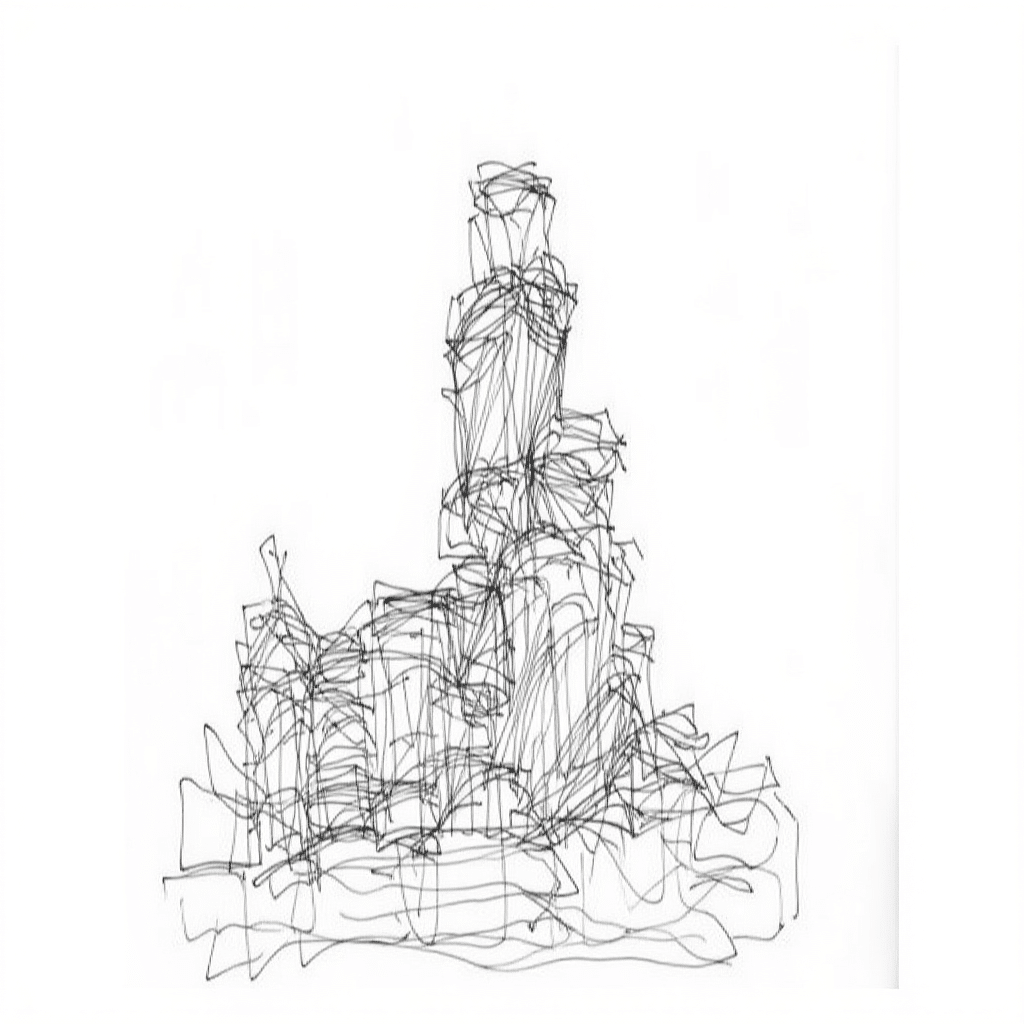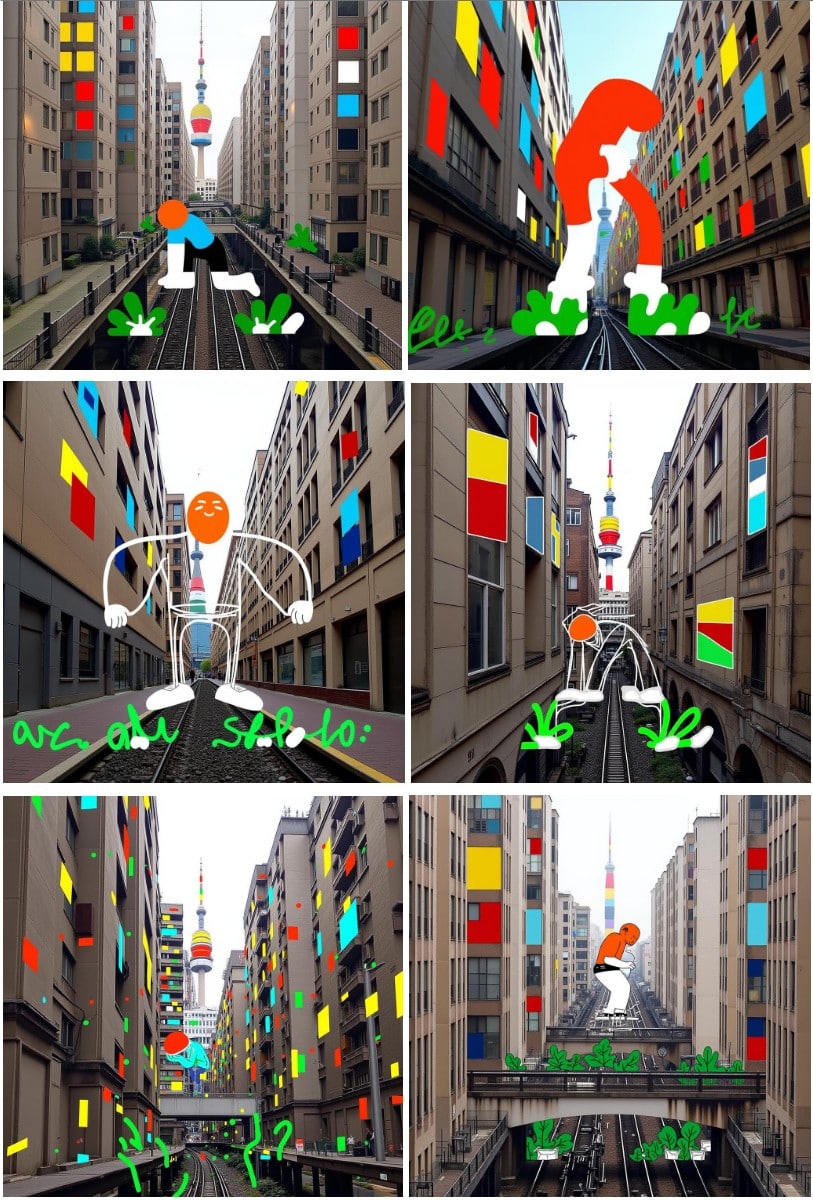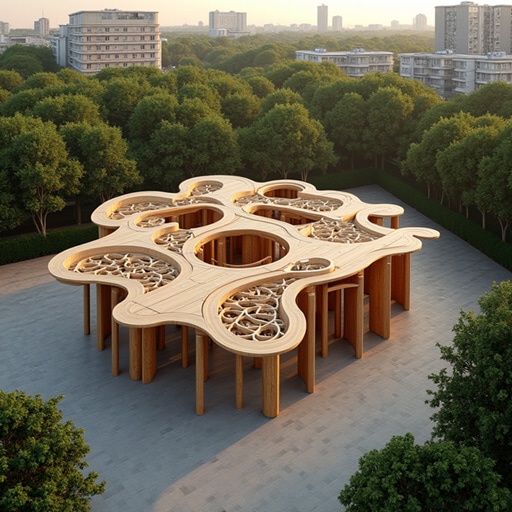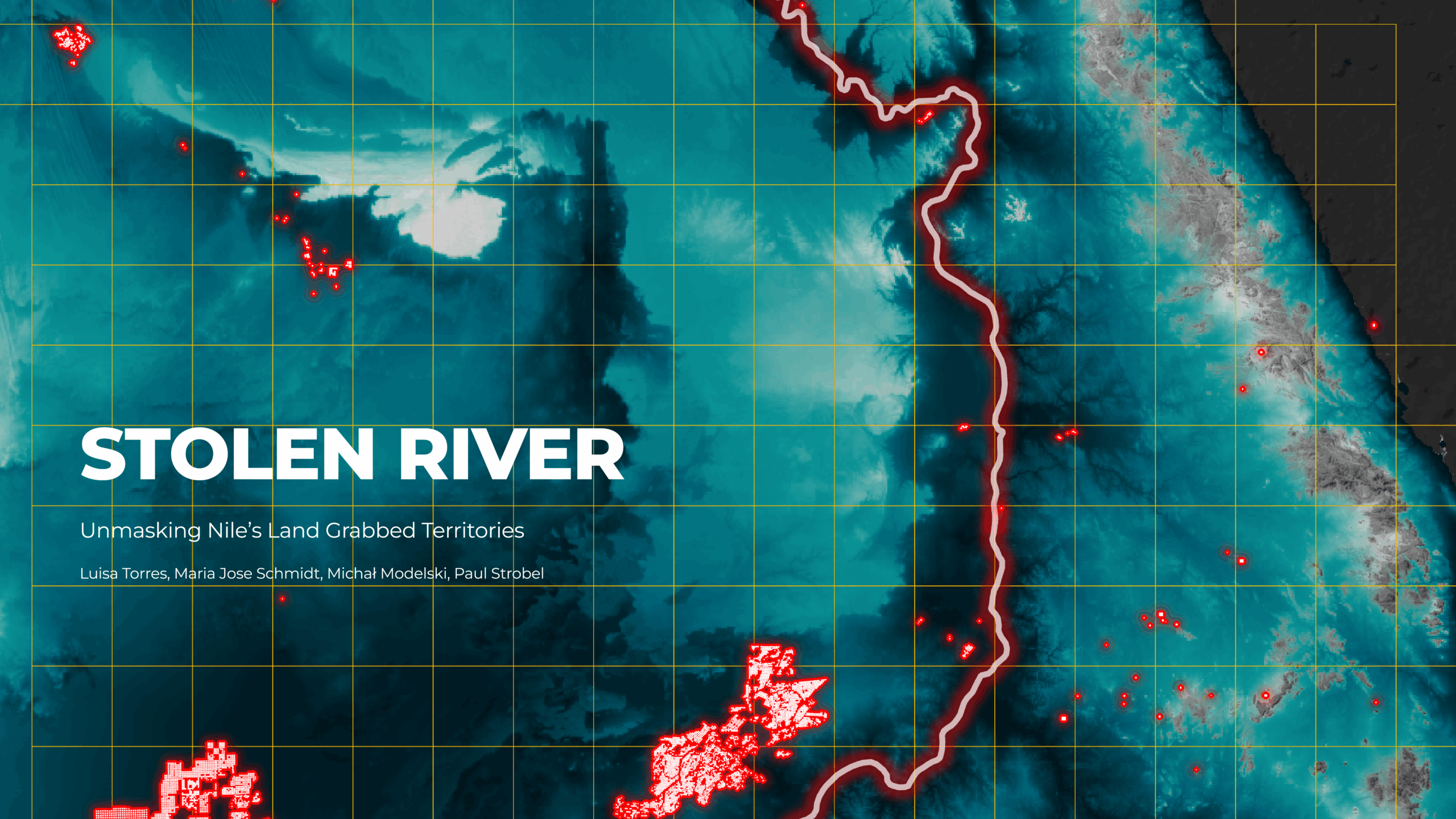Quito | in Transition
Quito is located in the north-central part of the Andean region of Ecuador, in south america. Given its high elevation, it is one of the highest capitals in the world. With a population of 1.9M people, it is the second-largest city of Ecuador. It is located in the province of Pichincha in the canton of … Read more
Woman & Water in Rundu: a mobility justice framework
Ndama, the fastest-growing informal settlement in Rundu, Namibia, faces critical challenges in water accessibility shaped by gender, age, income, and spatial isolation. With women disproportionately responsible for water collection under unsafe and inequitable conditions, our study combines interviews and spatial data to map intersectional vulnerabilities. We developed an interactive tool that simulates real-world constraints—heat, crime, … Read more
Design Development: Image to image generator
Project Objective The project objective is to develop an interface where users can batch upload images of an established design, usually in the Design Development phase when materials and small tweaks are being considered. The goal is for a user in a traditional architecture office to batch upload images of their 3d model to quickly … Read more
Mas Profundo: Model to Building
Mas Profundo is a pipeline that allows designers to generate interesting architectural images from simple models using a live camera feed. Architectural models tend to portray a reduced colorway and detail is limited by workmanship and time. Mas Profundo allows each model ideation to be visualized more realistically than a simple foam model. Mas Profundo … Read more
AIbotix: Optimizing Construction Workflows Through Spatial Cognition and an AI Agent in Robotics
“Spatial Cognition in Robotics: Optimizing Construction Workflow with AI”Shu Xiao – MRAC02 Thesis, IAAC 2024–2025 Despite advances in manufacturing automation, the construction industry continues to rely heavily on manual labor due to its unpredictable environment, safety concerns, and fragmented workflows. This project explores how vision-guided robotics and real-time AI agents can close that gap by … Read more
Graph Thinking for Adaptive Living
Our Solution: The Co-creator App We’ve developed a Copilot App – a local AI system that lives in your building and speaks your language. Literally. You make natural language requests, and it translates them into real architectural actions by understanding the complex relationships between spaces and residents through graph databases and GDS algorithms. Here’s how … Read more
FGSketch: image to sketch web-app
Introduction We are Aleyna and Francesco, and in this post, we present FG Sketches—a generative tool developed as part of the Artificial Intelligence in Architecture (AIA) module within the MaCAD Generative AI program. The objective of this project was to design a system capable of learning from the sketching language of Frank Gehry and translating … Read more
THERMAL COMFORT_A predictive model for PMV index
Thermal Comfort Index Prediction // Definition OBJECTIVE: predicting thermal comfort in air-conditioned residential buildings using machine learning algorithms. What is indoor thermal comfort? Thermal comfort is “That condition of mind that expresses satisfaction with the thermal environment” (ISO 7730) People may feel that their surroundings are warm, cold or simply comfortable depending on the thermal state … Read more
KG LineART
A GRADIO tool that generates architectural line drawings from Rhino3D Viewport screenshots by relating on a trained LoRA of architectural line drawings that takes the viewport input prompt option setting and generate a ready to use line drawing The User even have the option to edit the Hue and Saturation of the line drawing and … Read more
PLEINAR: A 3d model to watercolour INTERFACE
Imagine transforming any 3D model into an expressive, hand-rendered-style watercolor sketch, a visualization that breathes life into architectural concepts. Pleinar: the interface that transforms 3D models into captivating, multiview, generative watercolor sketches, inspired by the brilliant artistry of Liz Steel. __________________________________________________________________________________________________________________________________________________________________________ __________________________________________________________________________________________________________________________________________________________________________ The LoRA – training DATASET We trained this LoRA on the work of … Read more
ARchitect
Sketches in Space with AI and LoRA What if architects could doodle inside their designs—live, in 360°? ARchitect is a mixed-reality interface I developed for stylizing architectural spaces using expressive, cartoon-like overlays. Powered by LoRA fine-tuning and a custom-trained Flux, ARchitect reimagines how we interact with our built environment—by making architectural visualization playful, intuitive, and … Read more
Beyond The Frame
Visual Storytelling using SDXL _LoRA_Gradio Exploring Dali and Bosch-inspired storytelling with SDXL + Gradio Our project is a tool that helps architects turn stories into surreal image sequences. We explored styles inspired by Dali and Bosch to create dreamlike visuals. Although we trained a custom model, we used prompt-based image generation in the final version. … Read more
Pavilion 3D & 2D Generator
Problem statement Pavilion design is deceptively demanding. Even though these structures are small, the creative expectations are incredibly high. In most competitions or studio settings, we’re expected to deliver rich, meaningful concepts – drawing on cultural references, environmental context, and symbolic language – all within just a few days or even hours. At the same … Read more
STOLEN RIVER: Unmasking Nile’s Land Grabbed Territories
This research began with one of the most basic human motivation: curiosity. Looking at satellite imagery, we noticed strange, perfect green circles along the desert landscape. What are they? Why are they there? And what do they mean? Along this blogpost, key concepts will be explained , along to the reason of why we choose … Read more
Faster Architectural Workflows with Generative AI: From Text Prompts to Custom LoRAs
Why “Faster” Matters A single photorealistic render can quickly be very expensive and take days to produce, locking design changes behind hefty bills and long waits for architects. Generative AI, through models like Stable Diffusion and custom LoRAs, slashes both cost and time, turning sketches into near-final visuals in seconds. By democratizing high-fidelity imagery, it … Read more


